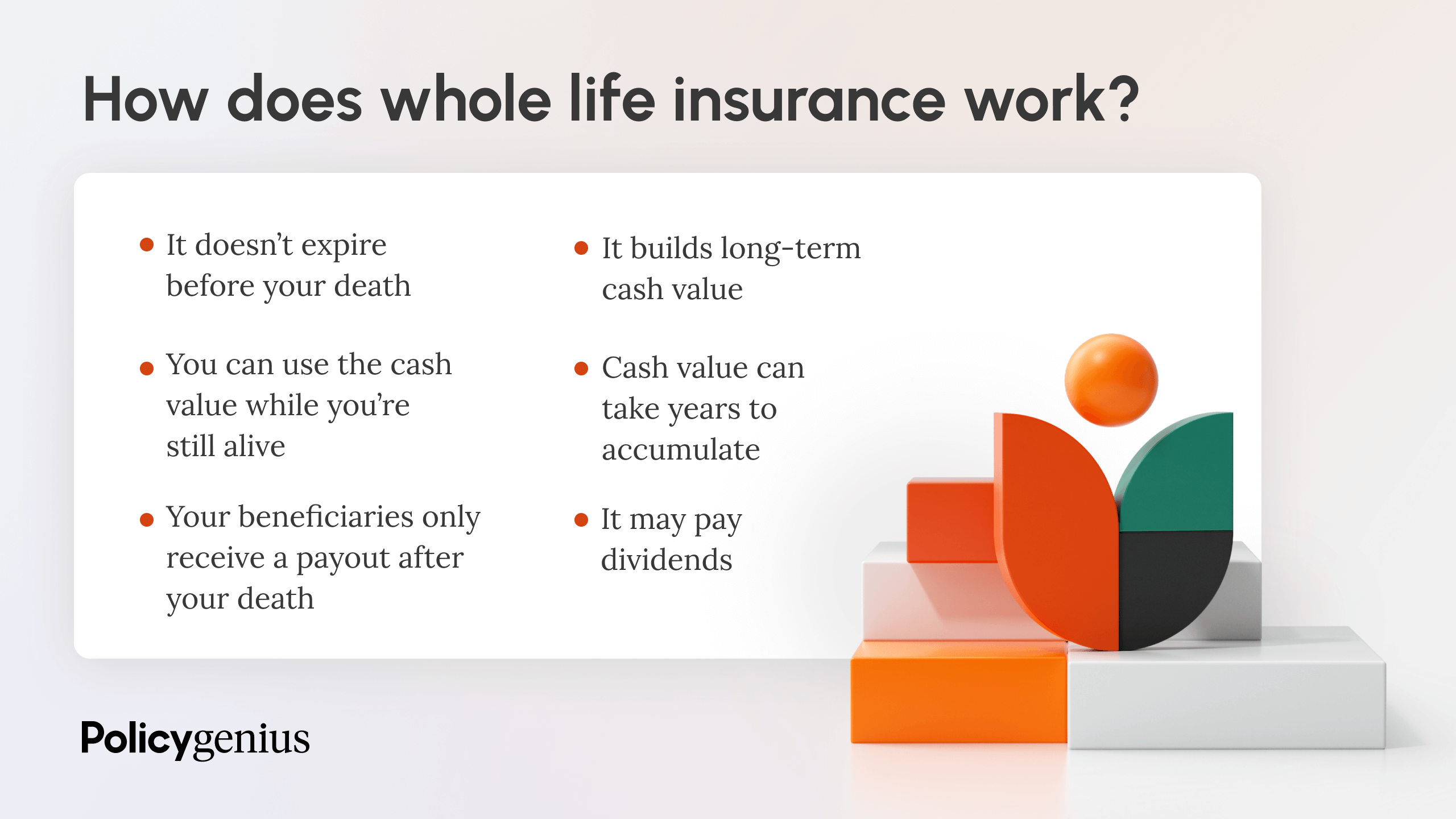Index Surge: Amplifying Your Insights
Stay updated with the latest trends and news across various industries.
Life Insurance: Because You Can't Take It With You
Secure your family's future today! Discover why life insurance is essential—because you can't take your wealth with you. Read more now!
Understanding the Basics: What You Need to Know About Life Insurance
Understanding the Basics of life insurance is crucial for financial planning. At its core, life insurance is designed to provide financial security to your loved ones in the event of your untimely passing. There are two primary types of life insurance policies: term life insurance and whole life insurance. With term life insurance, you pay premiums for a set period, such as 10, 20, or 30 years, and beneficiaries receive a payout if you pass away during that term. In contrast, whole life insurance covers you for your entire life and builds cash value over time, although it tends to have higher premiums.
When choosing a life insurance policy, it’s important to assess your individual needs. Consider factors like income replacement, debts, and future expenses such as education costs for your children. You should also evaluate different factors, including premiums, coverage amounts, and the financial stability of the insurer. Utilizing life insurance calculators can help you determine the appropriate coverage level for your circumstances. Ultimately, having a solid understanding of life insurance basics can serve as a foundation for securing your family's financial future.

Life Insurance Myths Debunked: What Everyone Should Know
When it comes to life insurance, misconceptions abound, leading many to avoid or misunderstand this essential financial tool. One prevalent myth is that only older individuals or those with dependents need a policy. In reality, life insurance can benefit anyone, regardless of their age or family status. It serves as a safety net for unexpected events and can also be an excellent way to accumulate cash value over time. Additionally, many young adults assume that they cannot afford coverage; however, the truth is that premiums tend to be lower when purchased at a younger age, making it an opportune time to invest in a policy.
Another common myth is that life insurance only covers burial costs and has no other benefits. This is far from true. Modern life insurance policies can offer a range of features including living benefits, which allow policyholders to access a portion of the death benefit while they are still alive in case of terminal illness or critical health events. Furthermore, many policies can be tailored to meet individual needs, whether it’s providing funds for children's education or paying off debts. Understanding these facets is crucial, as they can significantly impact financial planning for individuals and families.
How Much Life Insurance Coverage Do You Really Need?
Determining how much life insurance coverage you really need is a critical decision that varies greatly based on individual circumstances. Start by evaluating your financial obligations, which may include outstanding debts, mortgage payments, and future expenses such as children's education. A good rule of thumb is to consider a multiple of your annual income; many experts recommend aiming for coverage that is 10 to 15 times your yearly earnings. This approach ensures that your loved ones are financially secure and can maintain their standard of living in the event of your untimely passing.
In addition to your current expenses, think about long-term financial goals and how your life insurance can play a role in achieving them. Coverage needs can change over time, especially with life events such as marriage, the birth of a child, or changes in your career. It's important to reassess your policy regularly to ensure it aligns with your life circumstances. Consider consulting a financial advisor to help determine the right amount of coverage tailored to your specific needs.